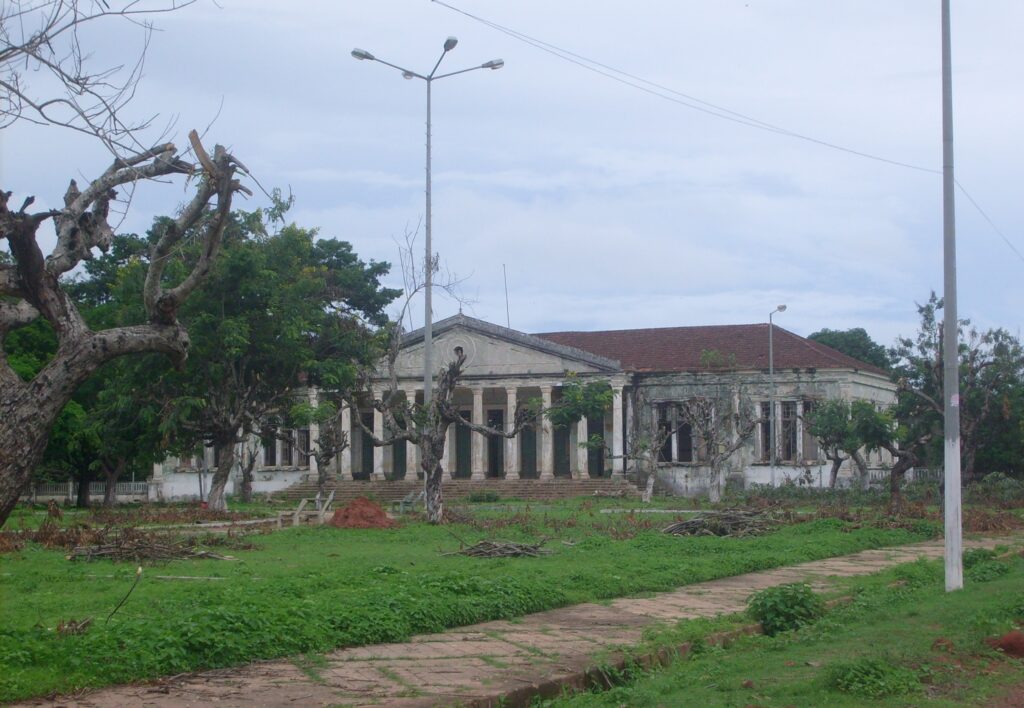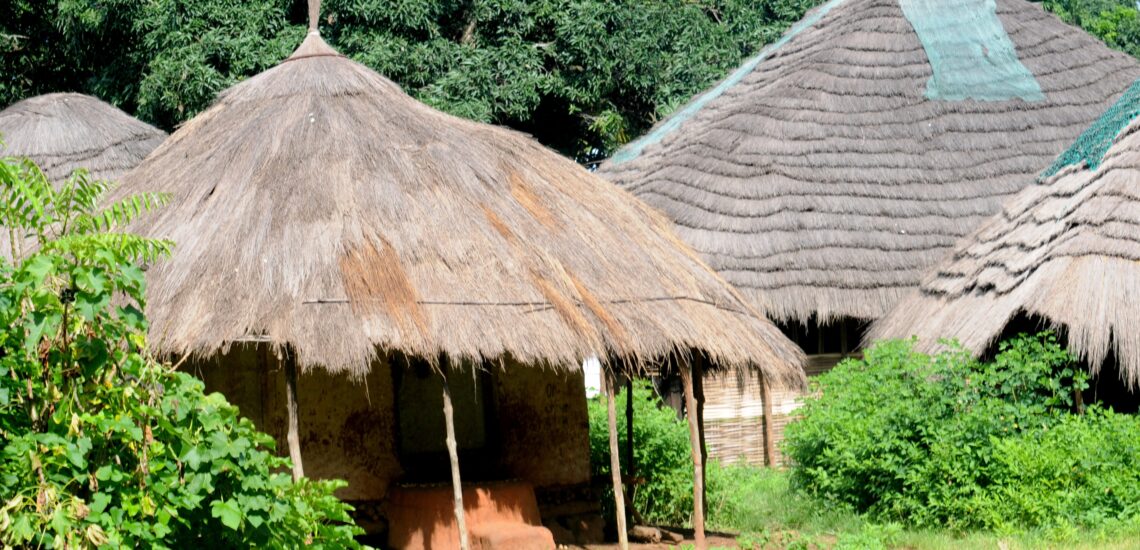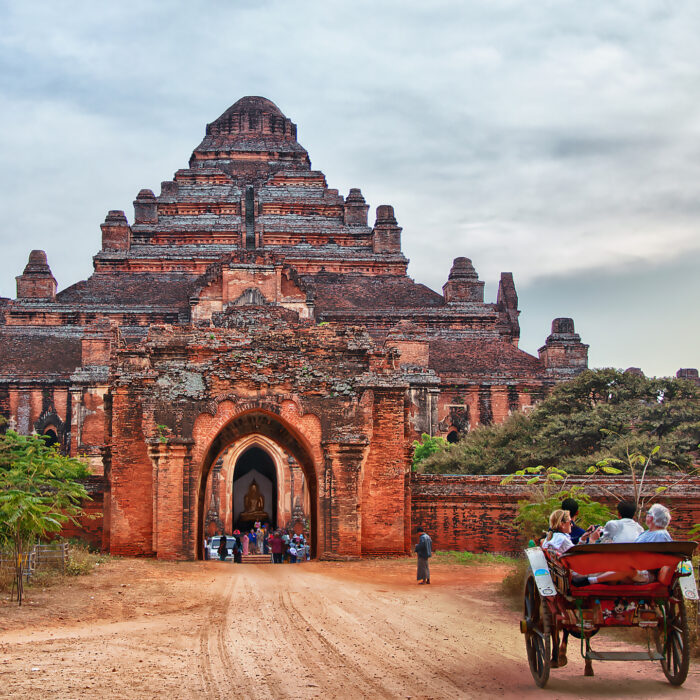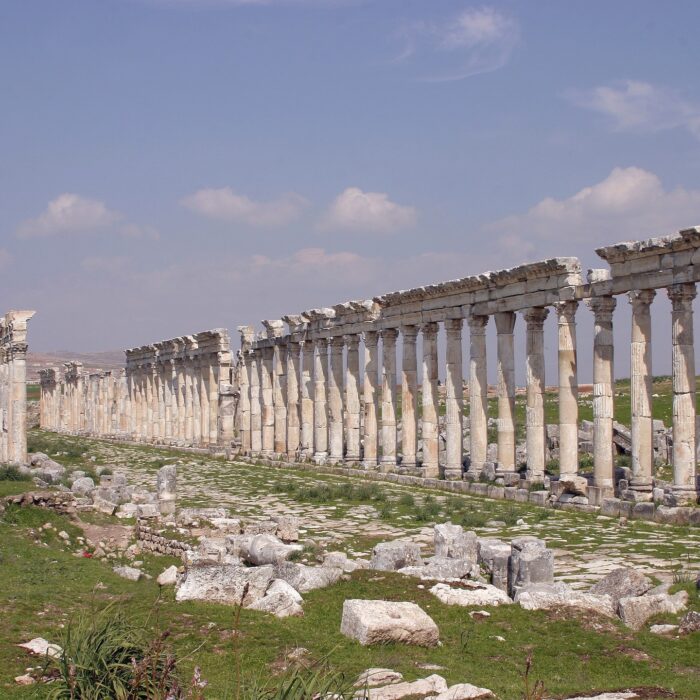Quick facts about Guinea Bissau:
- Population: Approximately 2.1 million people.
- Capital: Bissau.
- Official Language: Portuguese.
- Other Languages: Crioulo (widely spoken), Balanta, Fula, and several other indigenous languages.
- Currency: West African CFA franc (XOF).
- Government: Semi-presidential republic.
- Major Religion: Predominantly Islam, with Christian and traditional belief communities.
- Geography: Located on the West African coast, bordered by Senegal to the north, Guinea to the southeast, and the Atlantic Ocean to the west. The country includes a mainland region and the Bijagós Archipelago, a collection of over 80 islands.
Fact 1: Guinea Bissau has almost a hundred islands
Guinea-Bissau has an extensive archipelago, known as the Bijagós Islands, which comprises around 88 islands. Located off the coast in the Atlantic Ocean, this unique archipelago is known for its rich biodiversity and stunning natural landscapes. Only about 20 of these islands are inhabited, with the rest largely untouched, providing sanctuary for diverse wildlife, including marine turtles, manatees, and a wide variety of bird species.
The Bijagós Islands are designated as a UNESCO Biosphere Reserve due to their ecological significance and are an important cultural and spiritual region for the indigenous Bijagós people.

Fact 2: Since independence, there have been many government coups and civil war in the country
Since gaining independence from Portugal in 1973 (internationally recognized in 1974), Guinea-Bissau has experienced significant political instability marked by multiple coups and periods of civil unrest. The country has faced a series of military coups, attempted coups, and political assassinations, which have disrupted governance and development.
One of the most notable conflicts was the Guinea-Bissau Civil War from 1998 to 1999, which resulted in widespread destruction, displacement, and a temporary halt in government operations. Political tensions, often influenced by military factions, have continued to affect the stability of Guinea-Bissau, making it one of the more politically volatile nations in West Africa.
Fact 3: Guinea-Bissau has a low life expectancy and faces widespread poverty
The life expectancy in Guinea-Bissau is around 59 years (as of recent estimates), which is significantly lower than the global average. Several factors contribute to this, including limited access to healthcare, high rates of infectious diseases such as malaria and tuberculosis, and a lack of clean water and sanitation.
Poverty remains pervasive, with a substantial portion of the population living below the poverty line. Economic challenges are compounded by political instability, which has hindered economic development and the provision of essential services. Most of the population relies on agriculture for their livelihood, with cashew nuts being a primary export, but many struggle to meet basic needs due to low productivity and limited infrastructure.

Fact 4: Guinea Bissau one of the main countries for cocaine trafficking
Guinea-Bissau has become a significant transit point for cocaine trafficking, particularly from South America to Europe. The country’s weak governance, porous borders, and limited resources for law enforcement have made it vulnerable to international drug cartels, which exploit these conditions to transport cocaine through West Africa.
Guinea-Bissau’s location along the Atlantic coast, combined with its numerous islands and isolated ports, provides strategic access points for smuggling. Drug trafficking has had serious social and political impacts on the country, contributing to corruption and further destabilizing an already fragile political system. This illicit trade has led some to label Guinea-Bissau as a “narco-state,” as drug traffickers have, at times, influenced political figures and local economies.
Fact 5: The former capital was on an island and is now in decline
Guinea-Bissau’s former capital, Bolama, is located on Bolama Island and has fallen into decline. Bolama served as the capital during the Portuguese colonial period until 1941, when the capital was moved to Bissau on the mainland due to better access to infrastructure and administrative facilities.
Since then, Bolama has experienced significant economic and structural decline, with many colonial-era buildings now abandoned or in ruins. Once envisioned as a strategic colonial hub, the town’s population has dwindled, and it now faces challenges such as limited economic opportunities and poor infrastructure.

Fact 6: Guinea-Bissau is home to fascinating traditional practices
Among various ethnic groups, especially the Balanta and Manjaco, initiation rites for young boys are pivotal ceremonies marking the transition into adulthood. These rites can last for weeks and involve rituals that test the boys’ strength, endurance, and knowledge, as well as lessons on their community’s values and responsibilities.
Ancestral shrines are also essential in many communities, serving as places of worship and connection to ancestors. These shrines honor the spirits of deceased family members, believed to influence the living and provide guidance and protection. Rituals at these shrines often involve offerings and ceremonies led by community elders or spiritual leaders.
Fact 7: Green turtles are nesting on Guinea Bissau
Green sea turtles (Chelonia mydas) nest on the beaches of Guinea-Bissau, particularly in the Bijagós Archipelago. This group of islands provides a critical habitat for these endangered turtles, which travel vast distances across the Atlantic to return to these shores to lay their eggs.
Guinea-Bissau’s coastal waters and islands offer a relatively undisturbed environment for these turtles, thanks to conservation efforts led by both local communities and international organizations.
Note: If you plan to visit the country, check beforehand if you need an International Driving Permit in Guinea Bissau to rent and drive a car.

Fact 8: Guinea Bissau hosts large-scale festivals
Guinea-Bissau hosts vibrant large-scale festivals, reflecting the country’s rich cultural diversity and traditional heritage. One of the most prominent is Carnaval de Bissau, celebrated with great enthusiasm in the capital city, Bissau. Held annually, this festival blends African traditions with Portuguese colonial influences and features colorful parades, elaborate costumes, dancing, music, and performances from various ethnic groups. It is a time for communities to showcase their unique customs and for people across the country to come together in celebration.
Another significant cultural event is the Kusunde Festival, celebrated by the Bijagós people on the Bijagós Islands. This festival includes traditional music, dances, and rituals that honor their ancestors and the natural environment, emphasizing the importance of their cultural heritage and close connection to the land and sea.
Fact 9: Guinea Bissau is a major producer of cashew nuts
Guinea-Bissau is a significant producer of cashew nuts, which is the country’s main cash crop and export product. Cashew production plays a central role in Guinea-Bissau’s economy, with approximately 90% of the country’s export revenues coming from cashew nuts. This industry supports the livelihoods of a large portion of the rural population, as many small-scale farmers rely on cashew cultivation for income.
The cashew harvest season is a critical period in the economic cycle of Guinea-Bissau, and the country ranks among the top global producers of raw cashew nuts. However, due to limited processing infrastructure, most of the cashew nuts are exported in raw form, primarily to India and Vietnam, where they are processed and sold to international markets.

Fact 10: About 70% of the area is forested and the coast is marshy
The country is rich in tropical forests, which include both rainforests and dry forests, and they support a wide variety of plant and animal species. These forests are crucial not only for biodiversity but also for the local economy, as they provide resources such as timber and non-timber forest products. However, deforestation and logging have raised concerns about environmental sustainability.
The coastal area of Guinea-Bissau is characterized by marshy wetlands, particularly in the Bijagós Archipelago and the Bolama-Bijagós region. These areas are home to mangrove forests and serve as important ecosystems for marine life, including fish and migratory bird species.

Published November 09, 2024 • 7m to read





